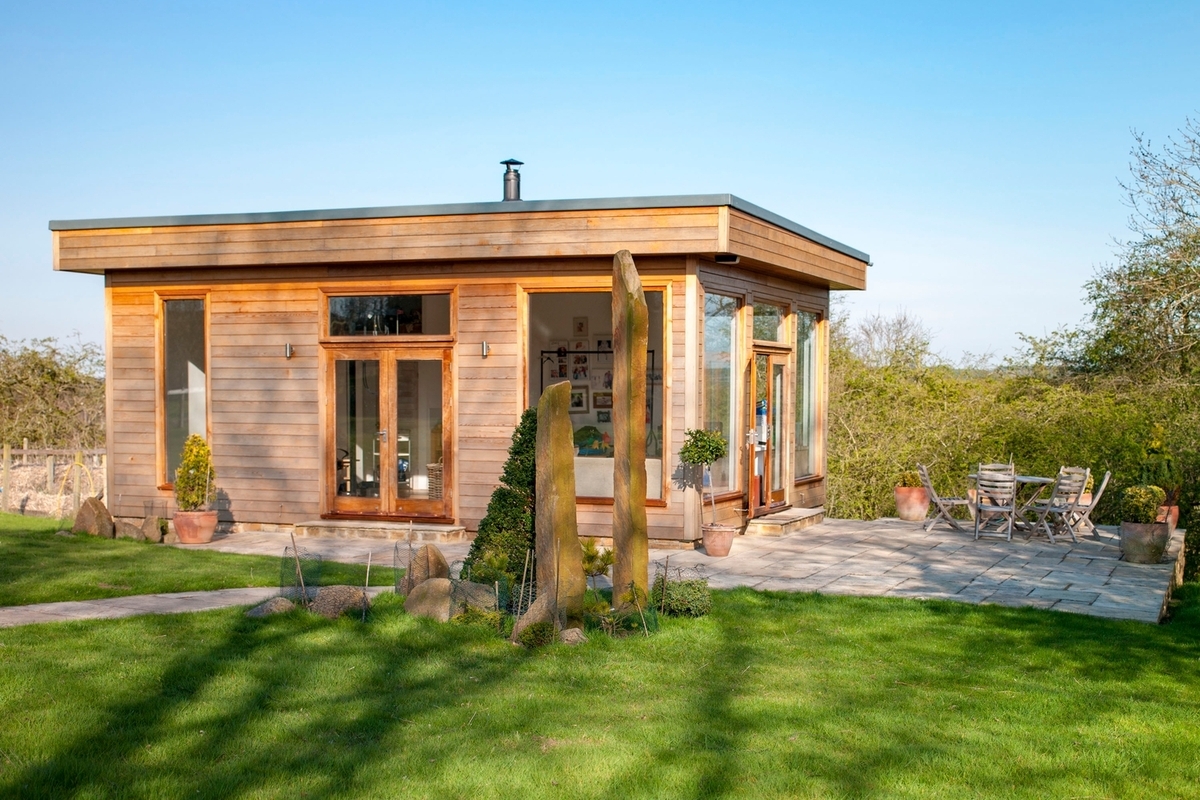Transforming Your Work Environment: The Rise of the Garden Office
The modern work environment has undeniably seen a paradigm shift, particularly in the wake of the global pandemic. With many organizations adopting remote or hybrid work models, traditional office spaces are being redefined. One fascinating trend emerging from this shift is the concept of the “garden office.” This article will delve into what a garden office is, its benefits, design considerations, and practical tips for creating your own verdant workspace.
What is a Garden Office?
Simply put, a garden office is a dedicated workspace located in a garden or outdoor area of one’s home. Often constructed as standalone structures separate from the main house, these offices offer a sanctuary for professionals looking to improve their productivity while enjoying the tranquillity of nature.

Benefits of a Garden Office
1. Enhanced Productivity and Creativity
The peaceful ambiance of a garden can significantly reduce stress levels and enhance focus. Natural surroundings have been shown to boost creativity and improve mental clarity. By working in a garden office, professionals might find themselves more inspired and productive.
2. Work-Life Balance
Separating work from home life is crucial, especially for remote workers. A garden office physically segregates professional tasks from household distractions, thereby creating a healthier work-life balance.
3. Flexible and Customizable
Garden offices can be tailored to meet individual requirements. Whether it’s integrating modern tech solutions, ergonomic furniture, or aesthetic decor, the flexibility of garden offices allows for numerous customizations to create an ideal workspace.
4. Connection with Nature
Being surrounded by greenery can have profound effects on one’s well-being. Studies indicate that nature exposure can reduce anxiety, lower blood pressure, and contribute to overall mental wellness.
5. Cost-Efficiency
Compared to renting commercial office space, a garden office can be a cost-effective solution in the long run. Initial setup costs may be offset by savings on commute, rent, and related expenses over time.
Key Considerations for Designing a Garden Office
1. Space and Location
Identify a suitable spot in your garden that is quiet and receives ample natural light. Ensure the space is large enough for your intended office structure and has easy accessibility from your home.
2. Building Materials
Choose materials that are durable and weather-resistant. Sustainable and eco-friendly materials are increasingly popular, both for their environmental benefits and their harmonious blend with natural surroundings.
3. Insulation and Ventilation
Proper insulation is essential to maintain a comfortable temperature year-round. Ventilation systems will ensure fresh air circulation, preventing dampness and promoting a healthy working environment.
4. Electricity and Internet Connectivity
A reliable power supply and high-speed internet connection are critical for a functional garden office. Plan these installations carefully, possibly utilizing underground cabling to maintain aesthetics.
5. Interior Design
Focus on ergonomic furniture that promotes good posture and comfort. Include sufficient storage solutions to keep the space organized. Personalize the decor to inspire creativity and motivation.
6. Security
Ensure your garden office is secure. This might involve installing alarms, strong locks, and possibly security cameras to protect both the structure and valuable equipment inside.
Practical Tips for Setting Up Your Garden Office
1. Plan According to Zoning Regulations
Before starting construction, check local zoning regulations and obtain necessary permits. Compliance with building codes is crucial to avoid any legal complications.
2. Maximize Natural Light
Position your garden office to maximize natural light, which can improve mood and reduce the need for artificial lighting. Skylights or large windows can be beneficial additions.
3. Incorporate Greenery Inside
Align your garden office with its surroundings by incorporating indoor plants. Not only do they improve air quality, but they also enhance the aesthetic appeal and create a calming atmosphere.
4. Invest in Quality
While it may be tempting to cut costs, investing in high-quality materials, furniture, and equipment will pay off in the long term. Durability and comfort should be priorities.
5. Regular Maintenance
Like any structure, a garden office requires regular maintenance. This involves cleaning, checking for wear and tear, and ensuring all installations are functioning optimally.
The garden office presents an innovative and appealing solution for today’s remote and hybrid workers. By providing a dedicated workspace amidst natural beauty, it fosters productivity, creativity, and well-being. Careful planning, quality investments, and thoughtful design will ensure that your garden office becomes a cherished and efficient extension of your work environment. As more professionals discover this concept, the garden office is poised to become a mainstay in modern work culture, blending the best of both worlds – nature and productivity.
This article aims to offer a comprehensive guide while strictly adhering to the content policies and restrictions outlined. For ease of use and further distribution, this information is presented in a professional and engaging manner.

